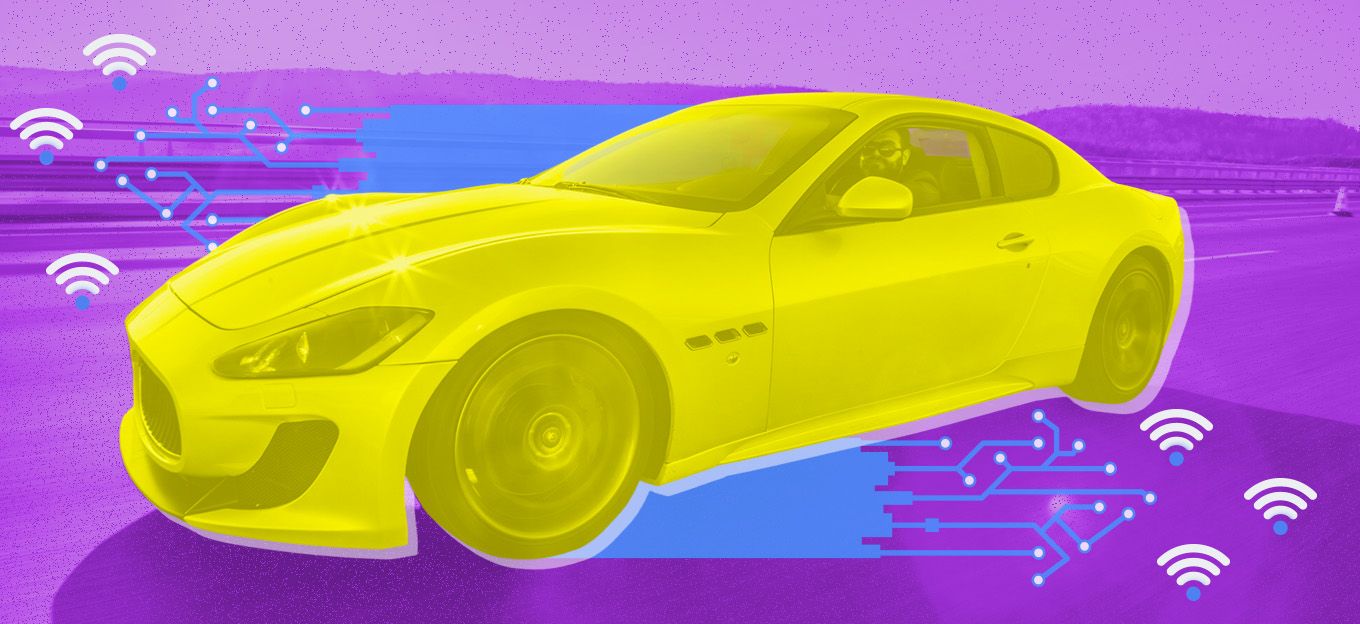How Will IoT Impact the Insurance Industry?
How Will IoT Impact the Insurance Industry?
- Last Updated: December 2, 2024
Isabel Harner
- Last Updated: December 2, 2024



The Internet of Things will disrupt and impact many industries, from automotive to healthcare to energy and beyond. One industry that is already being redefined by IoT, but we don’t usually think of as such, is the insurance industry.
How will insurance providers change their offerings when we all own self-driving cars? How will the massive amounts of data from a manufacturing floor influence workers comp and industrial risk? If everyone one day uses wearable, health monitoring devices, how will insurers determine rates and provide health insurance to their customers? What about home insurance for a connected home?
At the Insurance IoT USA Summit event in Chicago, panelists and keynotes set out to answer these questions and more. Read on for the main takeaways and insights from the event.
Opportunity & Challenges with Connected Insurance
Emma Sheard, Head of Strategy at Insurance Nexus, noted that the three main business challenges for companies working to build Insurance IoT products will be:- Business Model Design--Delivering a valuable product to customers in a profitable way
- Demonstrating ROI
- Consumer Adoption and Trust of IoT
- Security and privacy
- Interoperability and compatibility
- Analytics
There are a number of companies who are already tackling these issues, many of which shared their experiences in building products that combine insurance with IoT technology and data.
Creative Solutions for Autonomous Driving, Smart Homes, and More
Combining Insurance and IoT is all about connecting the insurance sector with clients and their risks. Right now, there are about 1,300 InsureTech startups innovating in the insurance space, and nearly all of them are connected to the Internet.IoT provides the insurance industry with more data than ever before, enabling companies to more effectively determine rates and provide services that keep people and their assets safe.
Connected Car Data for Insurance
Many keynotes and panelists are actively working to innovate in this space and build IoT insurance products that meet the needs of our evolving world. Ted Gramer of TrueMotion, a company providing smartphone telematics to help insurance companies identify the best drivers and thus price more profitably, shared his thoughts on how to insurers can better collect data with IoT.Connected car and mobile technology can enable the next generation of insurance products. The challenge is penetration and adoption of connected cars. To solve this, they’re using the most ubiquitous IoT device out there, the phone, to supplement the connected car while we wait for mass adoption. Mobile phones can use accelerometers, gyroscopes, GPS, and more sensors to provide data on consumer driving habits.
Smart Home Insurance
Marcus Shiver of ROC Connect provided insights into creative home insurance solutions built for the connected home. The ROC Connect platform helps clients and partners easily deploy new products and services for the smart home. Interestingly, they work with many insurance providers.He noted that smart home systems and devices offer insurance companies the opportunity to reinvent their business models and to move from simply insuring against risk to helping customers protect the properties. The Internet of Things provides opportunities for insurance companies to offer product-service bundles. These bundles (i.e. home insurance + home monitoring technology) would reduce the probability of damage and lower the overall risk for homeowners and their insurers.
IoT Increases Health and Prevention
It is predicted that the connected health market will be worth $61 billion by 2020. A panel on healthcare featuring Dave Wang (Striiv), Rahim Rajpar (John Hancock), and moderated by Shefi Ben Hutta (Coverager), spoke about healthcare tech and the role of IoT in providing health insurance.Connected wearable devices are being utilized in some really interesting ways. The John Hancock Vitality Program is a great example. Someone with diabetes may pay more for life insurance. But as part of the Vitality Program, they can use an Apple Watch to track activity and if they meet certain goals, they will get a discount on the following year’s premium.
Wearables and other health technologies are giving insurance providers vast amounts of data that can be used to price rates more fairly and profitably, and help customers prevent injury and disease.

To wrap up, the event was a deep and insightful dive into the evolving relationship between the insurance industry and the Internet of Things. We learned about the immense opportunity that exists in combining the two, and some challenges that providers need to think about when developing products and services.
Most interestingly, we got to hear first-hand from the companies that are already building products and coming up with innovative solutions to utilize IoT in insuring people and their homes, cars, and belongings.
The Most Comprehensive IoT Newsletter for Enterprises
Showcasing the highest-quality content, resources, news, and insights from the world of the Internet of Things. Subscribe to remain informed and up-to-date.
New Podcast Episode

How Drones and Telecom Enable Aerial IoT
Related Articles



